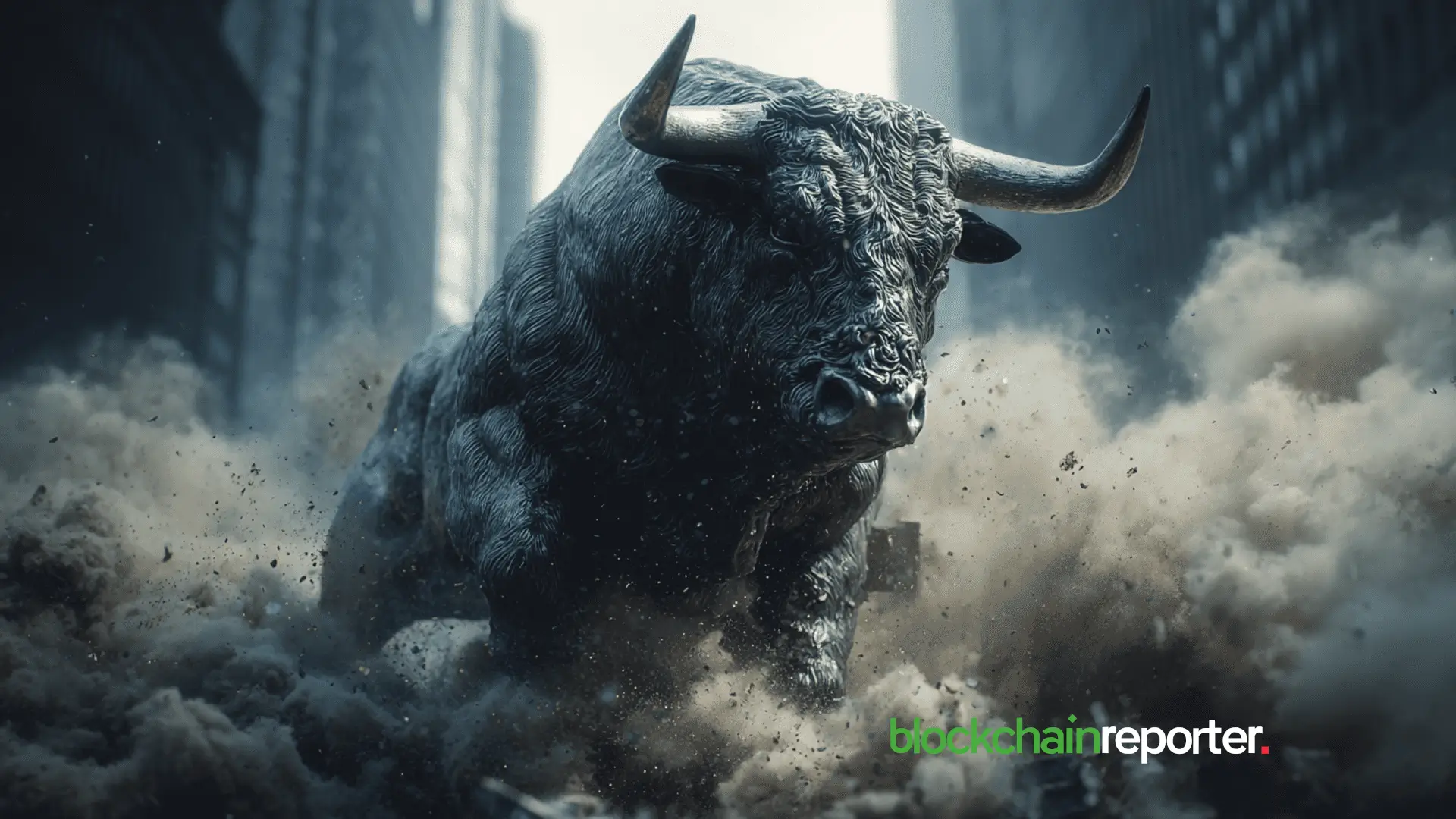When a $19 billion liquidation wave hit crypto markets in October, even seasoned traders were shaken. The sudden wipeout, driven by over-leverage, panic-selling, and thinning liquidity, was a stark reminder that crypto’s most popular instrument, perpetual futures, still walks a fine line between innovation and instability.
In an interview with BeInCrypto, Youngsun Shin, Head of Product at Flipster, likened today’s perpetuals market to “a high-performance car without enough brakes.” For him, the future of crypto derivatives will depend on key factors that every perp trader should know.
Can Perpetuals Move Beyond the Casino? Flipster’s Head of Product Weighs In
For Youngsun Shin, the event was less a collapse than a stress test that revealed how much more resilient crypto’s trading infrastructure has become.
Sponsored
Sponsored
Since 2021, perpetual futures (or “perps”) have grown into the beating heart of crypto trading. On some platforms, leverage can soar to 1000x, attracting retail traders eager for exposure and institutional players seeking liquidity.
However, the very accessibility that fueled this boom has outpaced the safeguards meant to contain it.
That gap between adoption and control remains one of the defining challenges of the sector. Many new traders, emboldened by easy-to-use interfaces and high leverage, treat perpetuals like slot machines rather than sophisticated hedging tools.
When macroeconomic shocks such as recent tariff policy shifts in the US ripple through markets, the result is often a self-reinforcing cascade of liquidations. Still, Shin believes risk infrastructure is catching up fast.
From “What Pumps Next” to “What Sustains Value”
The perpetuals market has long been dominated by short-term speculation. Traders focus on funding rates, volatility, and momentum rather than fundamentals. According to the Flipster executive, this approach shaped the market’s DNA for years.
Sponsored
Sponsored
The shift is evident in the growing demand for Bitcoin ETFs, crypto-linked equities, and structured derivatives, products that align more closely with traditional finance (TradFi) in terms of risk management and investor behavior.
As institutional and conservative participants enter the space, Shin expects the speculative reflex to wane, giving way to a more sustainable mindset.
Balancing Innovation and Responsibility
The question now is whether exchanges can bridge the best of both worlds: TradFi’s rigor and the openness of crypto. For Shin, that transformation begins with trust and transparency, not just product velocity.
Sponsored
Sponsored
This means combining strong custody frameworks and proof-of-reserves verification with deep liquidity pools and KYC/AML processes that prioritize investor protection without hindering participation.
In Shin’s view, risk management should be baked into innovation itself, with the Perps expert likening it to adding horsepower to a car while neglecting better brakes.
The “Impossible Trinity” of DeFi Derivatives
While centralized exchanges (CEXs) have made progress marrying user protection with liquidity, decentralized derivatives platforms face what Shin calls the “impossible trinity.” This is the struggle to achieve decentralization, result determinism, and deep liquidity simultaneously.
That balance will only become more critical as regulators close in and institutional players demand transparency.
Sponsored
Sponsored
Exchanges that manage to align compliance, capital efficiency, and accessibility will define the next era of perpetual trading.
From Speculative Engine to Financial Infrastructure
Despite the recent turmoil, Shin is optimistic about the road ahead. He says the derivatives market still has plenty of headroom. Institutional participation and regulatory clarity are already fueling demand for more sophisticated instruments.
Future growth, he argues, depends on making perpetuals risk-aware, transparent, and capital-efficient. According to the Flipster Head of Product, these qualities can transform them from speculative tools into reliable hedging instruments.
He also highlights innovations such as unified collateral systems and stablecoin-based settlements as crucial to improving capital efficiency and predictability. The expert attested those professional traders and institutions increasingly expect these features.
Once dismissed as speculative side bets, crypto perpetuals are now being re-engineered into pillars of market structure. However, their evolution hinges on the idea that leverage should empower insight, not amplify chaos.
As traders seek to strike a balance between access, transparency, and protection, the perpetuals market may finally shed its reputation as a casino. If they do, it could emerge as one of crypto’s most sophisticated, institution-ready frontier.
Source: https://beincrypto.com/how-crypto-perpetuals-can-evolve-beyond-a-high-leverage-casino-insights-from-flipster/


